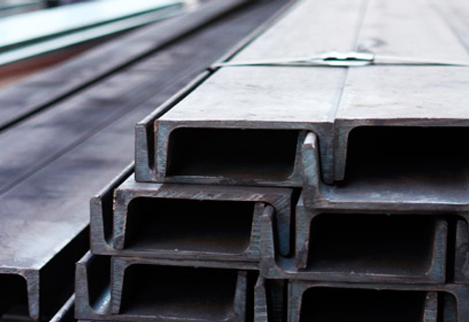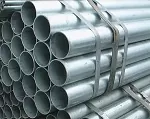To ensure stability and load-bearing capacity, the right I beam size must be chosen for the structural requirements. The optimal of beam size is deeply influenced by issues such the kind of load, span length, and structure design. In order to minimize drooping and guarantee safety, larger I beams are usually needed for greater weights and longer spans. To ensure that safety standards are met, it is also important to take into account local building codes and engineering specifications. It's also critical to consider material qualities, such the grade of the steel, as these can have an impact on the total strength of the beam. A structural engineer's advice might be specifically designed to achieve the best results.
Investigating Vital Structural Elements
For the construction business to ensure efficiency, stability, and safety, choosing the appropriate structural components is essential. To competently support structures, a diversity of channels and beams are used. The distinct qualities and uses of C channels, lip channels, aluminum U channels, I beam diameters, and purlins are examined in this article.

Recognizing C Channels
Owing to its robustness and adaptability, c channel are frequently utilized in building. Their exceptional load-bearing capabilities are attributed to their C-shaped cross-section. Building support systems, manufacturing, and framing are three common uses for these channels. They are a popular option for both residential and commercial buildings because of their easy integration into different structural systems.
Why Lip Channels Are Beneficial
A version of regular channels with flanged borders are called lip channel. Their power to support loads and endure twisting and bending is increased by this special design. In structural applications like beams, racks, and supports where extra strength is needed, lip channels are frequently utilized. They work best in contexts where structural integrity is crucial because of their capacity to distribute loads more uniformly. Additionally, lip channels facilitate a seamless connection to other structural elements, which expedites the building process.

Examining Aluminum U Channels
Because aluminium u channel are sturdy and lightweight, they are a countless choice for a variety of applications, such as support structures and architectural designs. Owing to their resistance to corrosion, aluminum U channels can be used outside in circumstances where moisture exposure is a problem. They are also a cost-effective option for numerous construction projects because to their simplicity of installation and little maintenance needs.
Choosing the Proper I Beam Size
For structural applications to ensure proper support and stability, selecting the appropriate I beam size is essential. I beams are capable to support heavy loads and span large distances without buckling. Building characteristics span length, and the type of load must all be taken into account when choosing the right size. To ensure safety and adherence to construction rules, seeking advice from a structural engineer can assist in determining the optimal I beam size for a given project.
Purlins' Function in Construction
Horizontal components called purlins are employed to stabilize the entire structure and support the roof. In order to equally distribute the load and guarantee adequate support for roofing materials, they are usually positioned at regular intervals along the slope of the roof. They are an essential part of contemporary architecture because of their effective design, which lessens the strain on the building's structure.
No comments:
Post a Comment